Discount Books and Software
SCREENWRITING BOOKS
Save up to
40%
|
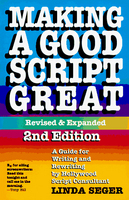 |
Making a Good Script Great (2nd Edition) by Linda Seger. Especially helpful if you are revising your script. Guides you through the principles that will transform your caterpillar into a butterfly. Useful tips from one of Hollywood's foremost script consultants. Also, try the new Making a Good Writer Great. |
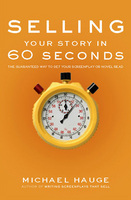 |
Selling
Your Story in 60 Seconds: The Guaranteed Way to Get Your Screenplay or Novel Read
by Michael Hauge. This exciting new book reveals a one-minute pitching technique for getting your screenplay or novel read by the major powers of Hollywood. . |
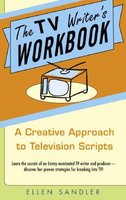 |
The TV Writers Workbook by Ellen Sandler. Ellen, who was nominated for an Emmy (Everybody Loves Raymond) and who contributed a small section to The Screenwriter's Bible, presents a creative approach to writing and selling TV scripts. She offers concrete advice on everything from finding a story to getting hired on a current series. |
 |
The New Screenwriter’s Survival Guide; Or, Guerilla Meeting Tactics and Other Acts of War(ebook) by Max Adams. This is a practical guide for the serious screenwriter. |
 |
The Writer's Journey: Mythic Structure for Writers (3rd Edition) By Christopher Vogler. Became standard reading for Hollywood development executives. The best book there is on "the hero's journey" and how to strengthen your work using the "mythic structure." |
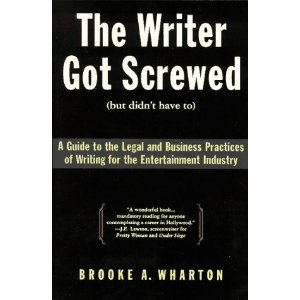 |
The Writer Got Screwed (But Didn't Have To) by Brooke A. Wharton. More frightening than the movie Scream! An entertainment attorney tells you how to protect yourself and your work on the mean streets of Hollywood. Savvy and practical. |
 |
Writing Screenplays That Sell by Michael Hauge. This is a complete step-by-step guide for writing and selling to the movie and TV industry, from story concept to development deal. |
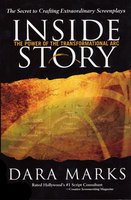 |
Inside
Story: The Power of the Transformational Arc by Dara Marks. Guides you through an extraordinary new process that helps identify your thematic intention - what your story is really about - and teaches you how to turn that intention into the driving force behind all your creative choices. The result is a profound relationship between the movement of the plot and the internal development of character, which is the foundation for the transformational arc. . |
 |
The Art of Dramatic Writing by Lajos Egri. Every writer should own this inexpensive classic, the mother of all screenwriting books. Written years ago for playwrights, it excels in teaching character development, character growth, theme, plot and conflict. A must! |
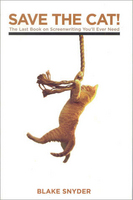 |
Save the Cat by Blake Snyder. An insider’s guide from one of Hollywood’s most successful spec writers reveals secrets that few dare to admit. Shows you how to make your script more satisfying and marketable. |
 |
Writing for Emotional Impact by Karl Iglesias. Explains advanced dramatic techniques to attract, engage, and fascinate the reader from beginning to end. This guide goes beyond the basics and into the psychology of emotion in screenplays. Adds hundreds of storytelling techniques to your writer’s toolkit. |
 |
How Not to Write a Screenplay: 101 Common Mistakes Most Screenwriters Make by Denny Martin Flinn. Let this experienced reader tell you what not to do. He details the common rookie mistakes. |
 |
500 Ways to Beat the Hollywood Script Reader: Writing the Screenplay the Reader Will Recommend by Jennifer Lerch. The title says it all. |
|
|